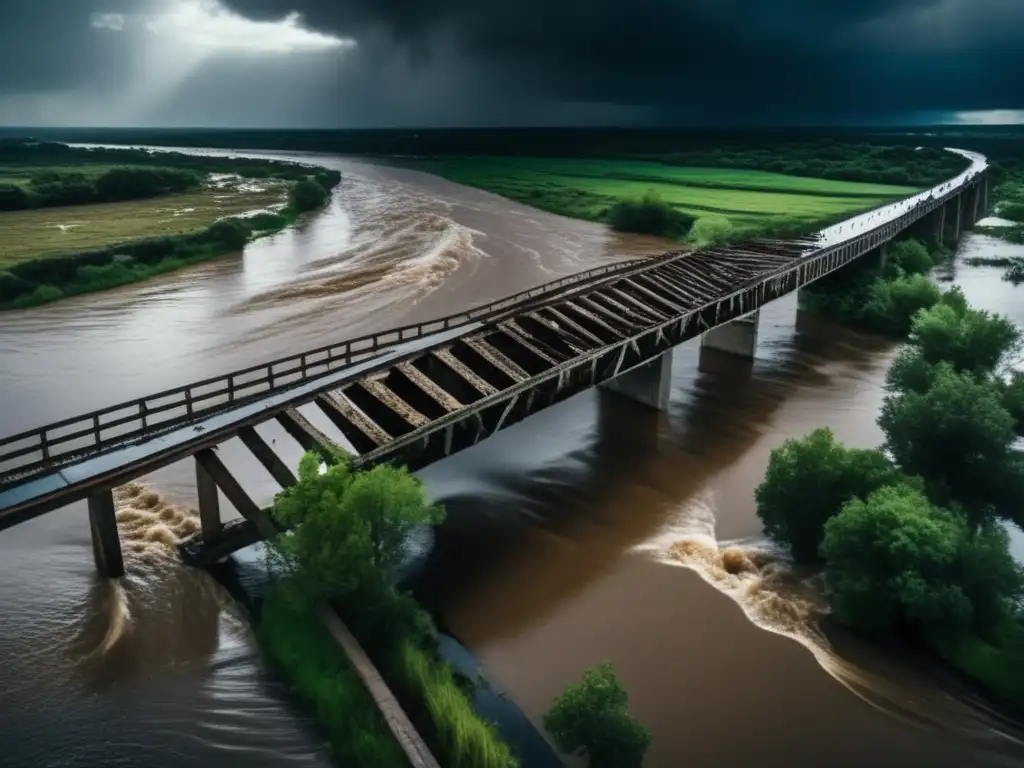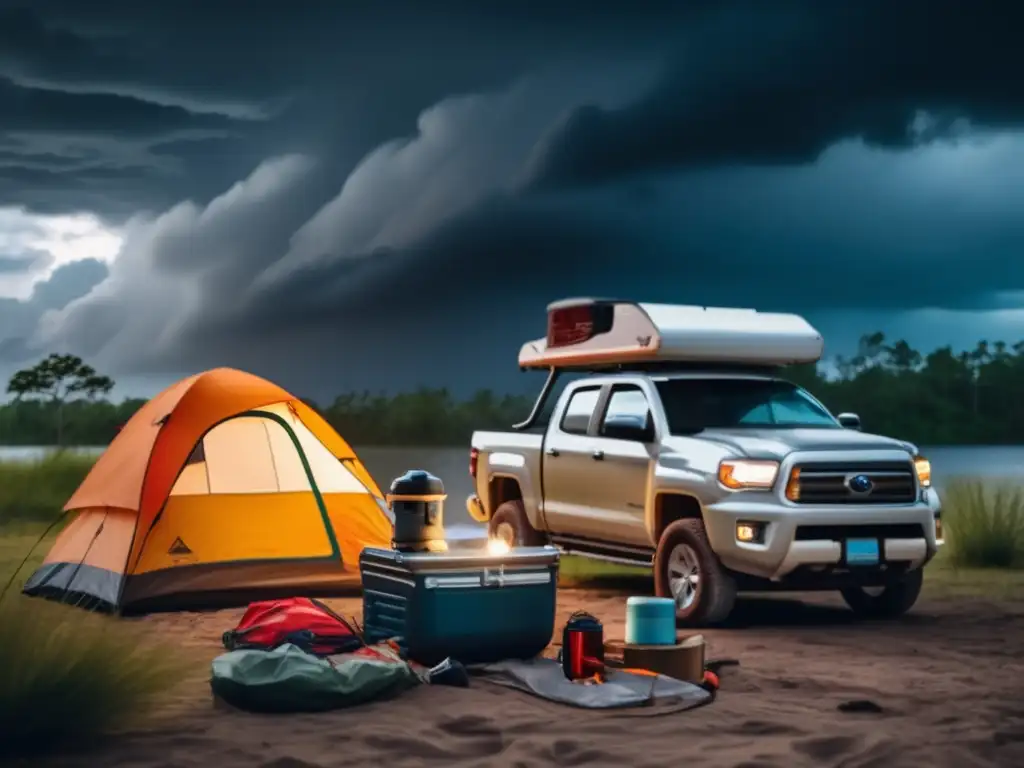The Bridge Between: Transitioning From Hurricane To Recovery

The Bridge Between: Transitioning from Hurricane to Recovery
Introduction
Hurricanes can be devastating natural disasters that cause significant damage to infrastructure, homes, and communities. After a hurricane passes, it is vital to start the recovery process as soon as possible. But how do you transition from hurricane to recovery? This article will explore the essential steps to take after a hurricane and provide guidance on how to navigate the recovery process.
Assessing the Damage

Documenting Losses
The first step in transitioning from hurricane to recovery is to assess the damage caused by the storm. It is necessary to document any losses as soon as possible by taking photographs and videos of damaged structures, possessions, and infrastructures. This documentation will be helpful when filing an insurance claim and requesting assistance from any relief organizations.
Checking for Safety Hazards
Before starting the cleanup process, it is essential to check for safety hazards, such as downed power lines, gas leaks, and floodwaters. Contact local authorities or utility companies for assistance when dealing with these hazards. Keep in mind that water-damaged structures may also harbor mold and other hazardous substances, so use personal protective equipment when cleaning up floodwaters.
Assessing Home Damage
If your home has suffered damage, conduct an inspection to determine the extent of the damage. Check for leaks, cracks, and damage to windows, doors, and the roof. This inspection will help determine whether you need to evacuate or remain in your home during the recovery process.
The Recovery Process

Securing Your Home
After assessing the damage and making necessary repairs, secure your home to prevent any further damage. Board up broken windows and doors, cover holes in the roof with tarps, and clear debris from around the structure. This step will provide protection against further damage from rain or other elements.
Contacting Your Insurance Provider
After securing your home, it's time to contact your insurance provider to file a claim. Provide your insurance company with any documentation you have of losses and keep records of all communication with them. Keep in mind that it may take some time for your claim to be processed and approved, so be patient.
Requesting Assistance
If your losses are severe, it may be necessary to request assistance from relief organizations like FEMA, the Red Cross, or other non-profit organizations. These organizations can provide financial or material support to those affected by the hurricane. Be sure to follow the application process specified by these organizations to receive aid.
Caring for Emotional Health

Seeking Emotional Support
Hurricanes can be traumatic experiences, and it is common to feel overwhelmed emotionally. Seek support from friends, family, counseling services, or religious communities if you need help coping with emotional distress.
Preparing for Future Emergencies
Hurricanes can happen again, so it's essential to prepare for future emergencies. Consider taking first aid and CPR classes, investing in emergency generators, and making a family disaster plan. These steps will ensure that you and your loved ones are prepared if another hurricane strikes.
Frequently Asked Questions

-
How do I document losses after a hurricane?
It's best to take photographs and videos of damaged structures, possessions, and infrastructures as soon as possible after the hurricane.
-
Who do I contact for safety hazards after a hurricane?
Contact local authorities or utility companies for assistance when dealing with downed power lines, gas leaks, and floodwaters.
-
How do I secure my home after a hurricane?
Board up broken windows and doors, cover holes in the roof with tarps, and clear debris from around the structure to prevent any further damage.
-
How can I request assistance after a hurricane?
You can request assistance from relief organizations like FEMA, the Red Cross, or other non-profit organizations by following their application process.
-
How can I prepare for future hurricanes?
Consider taking first aid and CPR classes, investing in emergency generators, and making a family disaster plan.
Conclusion
Transitioning from hurricane to recovery can be a challenging experience, but it is essential to take necessary steps to ensure you and your community's safety and well-being. Assessing the damage, securing your home, documenting losses, and seeking emotional support are crucial steps in the recovery process. Remember, preparation is paramount in dealing with future emergencies, and it's never too early to start preparing. By following these guidelines, you'll be better equipped to handle the aftermath of a hurricane.
Additional Resources

- The National Hurricane Center: https://www.nhc.noaa.gov/
- The Federal Emergency Management Agency (FEMA): https://www.fema.gov/
- The American Red Cross: https://www.redcross.org/
 The Great Outdoors: Camping Safety During A Hurricane
The Great Outdoors: Camping Safety During A Hurricane Setting The Scene: Creating A Comfortable Environment During A Hurricane
Setting The Scene: Creating A Comfortable Environment During A Hurricane Trees And Hurricanes: Understanding And Addressing The Risks
Trees And Hurricanes: Understanding And Addressing The RisksIf you want to discover more articles similar to The Bridge Between: Transitioning From Hurricane To Recovery, you can visit the During the hurricane: category.
Leave a Reply

Articulos relacionados: